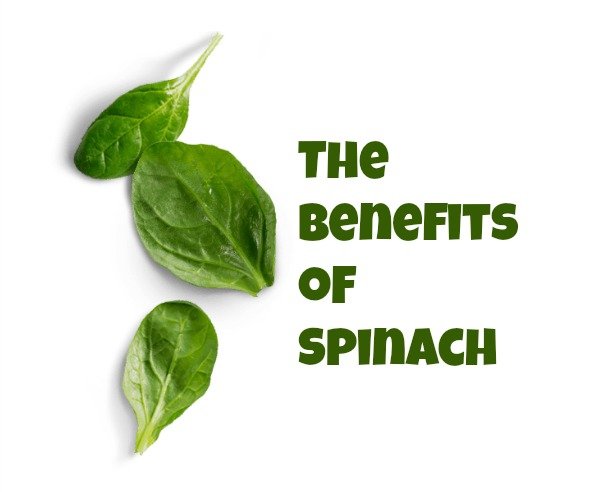Written by: Wallace Merriman
The Benefits of Spinach
Posted on:Aug 19, 2016

What’s New and Beneficial About Spinach
- Bright, vibrant-looking spinach leaves are not only more appealing to the eye but more nourishing as well. Recent research has shown that spinach leaves that look fully alive and vital have greater concentrations of vitamin C than spinach leaves that are pale in color. The study authors suggest that the greater supply of vitamin C helps protect all of the oxygen-sensitive phytonutrients in the spinach leaves and makes them looking vibrant and alive.
- Many people are concerned about the nutrient content of delicate vegetables (like baby spinach) when those vegetables are placed in clear plastic containers in grocery store display cases and continuously exposed to artificial lighting. One recent food study has shown that you don’t need to worry about the overall status of antioxidants in baby spinach that has been stored and displayed in this way. In this scientific study, the overall nutrient richness of the baby spinach when exposed to constant light was actually higher than the overall nutrient richness of baby spinach leaves kept in total darkness. The period of time in the study was 9 days, and the spinach was kept at 39˚F/4˚C (a temperature on the lower end of the scale for most home refrigerators). These findings are good news for anyone purchasing baby spinach in “ready-to-eat” containers.
- One new category of health-supportive nutrients found in spinach is called “glycoglycerolipids.” Glycoclycerolipids are the main fat-related molecules in the membranes of light-sensitive organs in most plants. They’re indispensable for the process of photosynthesis carried out by plants. However, recent lab research in laboratory animals has shown that glycoglycerolipids from spinach can help protect the lining of the digestive tract from damage-especially damage related to unwanted inflammation. You can expect to see more studies about this exciting new category of molecules in spinach and its potential health benefits.
- In a recent study on the relationship between risk of prostate cancer and vegetable intake-including the vegetables spinach, broccoli, cauliflower, cabbage, Brussels sprouts, mustard greens, turnip greens, collards, and kale-only spinach showed evidence of significant protection against the occurrence of aggressive prostate cancer. (“Aggressive prostate cancer” was defined as stage III or IV prostate cancer with a Gleason score of at least 7. Gleason scores are based on lab studies of prostate tissue and common tumor-related patterns.) The study authors did not speculate about specific substances in spinach that may have been involved in decreased prostate cancer risk. However, we know that certain unique anti-cancer carotenoids-called epoxyxanthophylls-are plentiful in spinach, even though they may not be as effectively absorbed as other carotenoids like beta-carotene and lutein. You can count on seeing future research on neoxanthin and violaxanthin-two anti-cancer epoxyxanthophylls that are found in plentiful amounts in the leaves of spinach.
